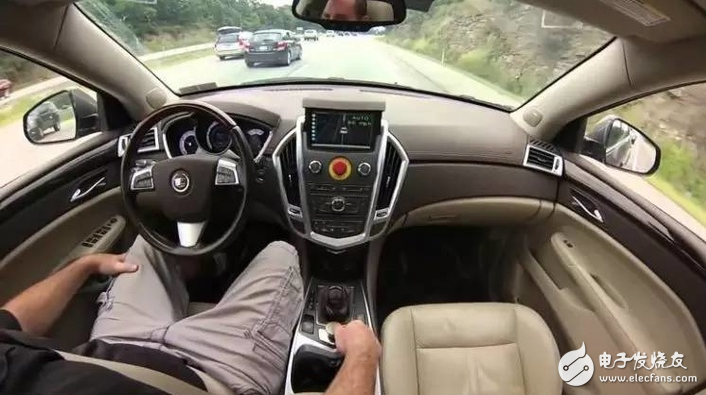Sidewalk Labs, Google's Smart City project company, finally got a new turn after a calmer year. After both internet balloon and driverless cars have made progress, this week there is news that Google Humanitarian Lab has just recently recruited a number of new technologies and experts in urban management. The new team will be responsible for the development of new technology products.

The main purpose of Google's sidewalk laboratory is to solve various problems in major cities, including urban congestion, housing, and energy utilization, in order to create a future "smart city." Dan Doctorof, CEO of Humanitarian Labs, said: People who understand urban planning are not really technical people, and people who know technology don't understand urban planning. Therefore, in terms of team selection, they are not completely limited to an absolute expert in a certain field, but also focus on talents who can understand traditional urban planning and new technologies.
There are currently 14 people in the sidewalk lab team, including Craig Nevill-Manning, the first engineer recruited by Google in New York in 2003, who is in charge of the engineering department, responsible for building prototypes and product designs for the city. The new COO Anand Babu is a member of the Google Special Projects team, focusing on cities and transportation, and working with the Google Intelligent Machines team to develop new products. The newly introduced talents include Rohit Aggarwala, former head of the Office of Long-Term Planning and Sustainability in New York, and a former Applied Science University on Roosevelt Island, currently with his own planning company JoshSirefman.
They all have the same mission in the sidewalk laboratory: with urban services as the basic purpose, relying on new Internet technology and new manufacturing techniques to change people's lives and create a true "smart city."
In order to build such a city, Google's Humanitarian Lab has already begun deployment: Last year, Google established the IntersecTIon subsidiary, which is responsible for urban Wi-Fi signals, to provide Wi-Fi throughout the city to large cities. This program is known as the LinkNYC program, which is currently a publicly involved project in the sidewalk laboratory. They plan to transform the old telephone booths in New York City into 10,000 advertiser-sponsored Wi-Fi towers, with free access to the Internet within a 150-foot radius, for phone communication and web browsing. New York is the first city to implement this program, and they will continue to implement the plan in major cities.
In addition to the LinkNYC program, Google's sidewalk lab is still experimenting with other smart cities, but Dan Doctorof did not elaborate, but he mentioned that his team is studying traffic problems in smart cities and is currently participating in the bonus. The $50 million Department of TransportaTIon's Smart City competition. At the same time, he mentioned that in the smart city's transportation, unmanned autopilot will become an area of ​​special focus in the laboratory.
He said: "Although no automatic driving will not become a reality in a short time, this does not mean that we should not pay attention to the current infrastructure problems. What we need to solve is the future traffic congestion, parking, traffic enforcement, etc. A series of traffic problems. We have to think about new things and achieve our goals in evolving technology products."
In addition, when talking about the LinkNYC project, he said: "The LinkNYC program is currently being launched on Third Avenue in Manhattan, and will be launched in more than a dozen other streets. In the next few years, it is expected to expand to 7,500 streets. It will also be more than just a Wi-Fi tower, it will be able to collect information about the surrounding, including noise and air quality."
The purpose of Google's sidewalk lab is to enable people to live better, use technology to solve the problems and problems in life, and let the "smart city" not only be the plot of science fiction, but really become the plot of real life.
The DC Source System is a single output programmable DC Power Supply which provides with high power density and stable DC output. With built-in voltage and current testing capability, DC source system can fulfill different kinds of dc switching power supply applications.
Some features as below:
- With accurate voltage and current measurement capability.
- Coded Knob, multifunctional keyboard.
- Standard RS232/RS485/USB/LAN communication interfaces, GPIB is optional.
- Remote sensing line voltage drop compensation.
- Equips with LIST waveform editing function.
- Use the Standard Commands for Programmable Instrumentation(SCPI) communication protocol.
- Have obtained CE certification.
40V DC Source System,DC Power Supply System,Portable Power Source,Source For Autoclave System
APM Technologies Ltd , https://www.apmpowersupply.com
